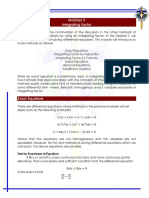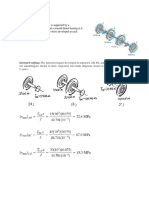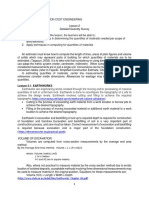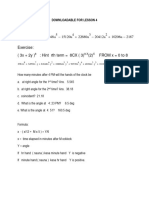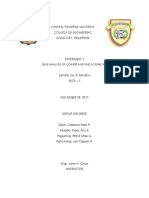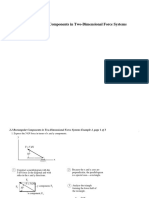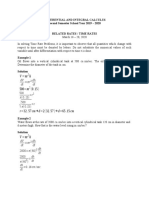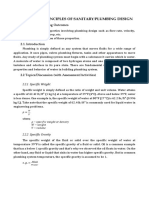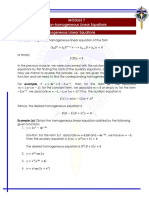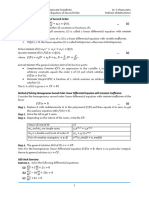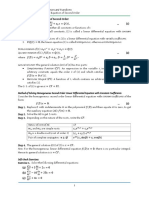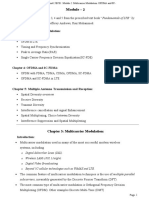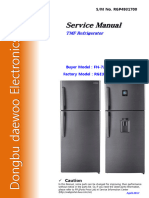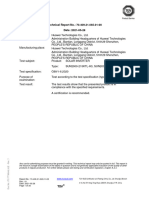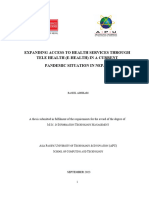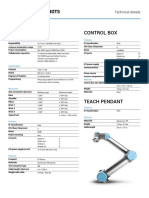0% found this document useful (0 votes)
150 views5 pagesOrder Reduction and Variation of Parameters Reduction of Order
This document discusses two methods for solving second order linear differential equations: reduction of order and variation of parameters. Reduction of order uses the solution to the homogeneous equation to find the solution to the non-homogeneous equation. Variation of parameters uses two solutions to the homogeneous equation and variation of parameters to find the solution. The document provides examples of applying each method and exercises to solve equations using the two techniques.
Uploaded by
boo gooCopyright
© © All Rights Reserved
We take content rights seriously. If you suspect this is your content, claim it here.
Available Formats
Download as PDF, TXT or read online on Scribd
0% found this document useful (0 votes)
150 views5 pagesOrder Reduction and Variation of Parameters Reduction of Order
This document discusses two methods for solving second order linear differential equations: reduction of order and variation of parameters. Reduction of order uses the solution to the homogeneous equation to find the solution to the non-homogeneous equation. Variation of parameters uses two solutions to the homogeneous equation and variation of parameters to find the solution. The document provides examples of applying each method and exercises to solve equations using the two techniques.
Uploaded by
boo gooCopyright
© © All Rights Reserved
We take content rights seriously. If you suspect this is your content, claim it here.
Available Formats
Download as PDF, TXT or read online on Scribd
/ 5

